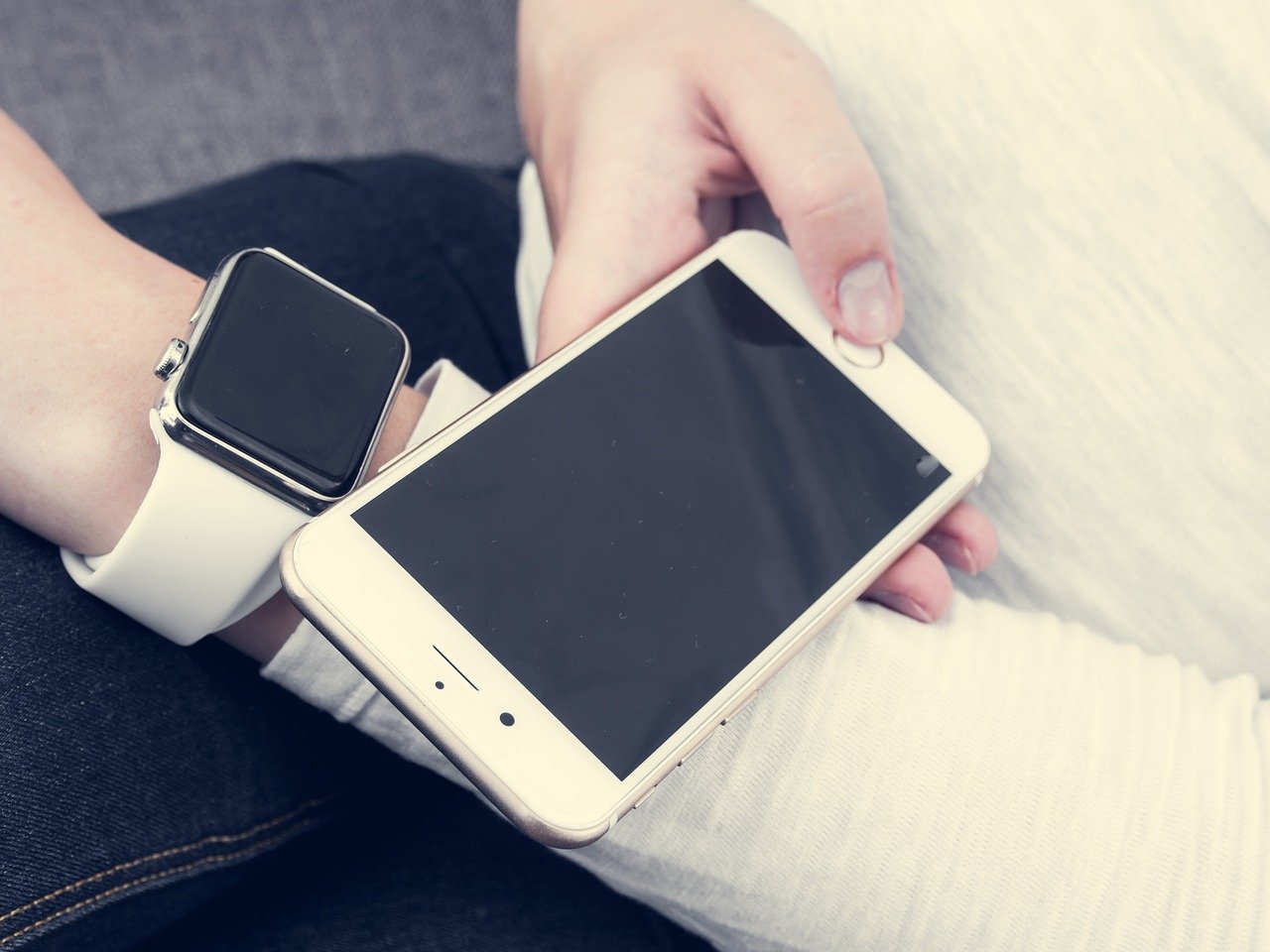Unsurprisingly, wearables have come into a league of their own as more of us become obsessed with tracking all aspects of our lives. The pandemic has tested and challenged us beyond our wildest imaginations.
Changes in routine can elevate a range of health issues and create sensitivity in already problematic areas of our lives, such as sleep and eating. Wearables have been a great way for people to track and control these issues as well as stress levels, which have naturally heightened over the course of the pandemic.
The graph below shows a positive and steady increase in the number of wearable devices used in the US. It is apparent that the level of growth will increase into 2022, presenting a healthy appetite for wearables from consumers.
(Image Source: eMarketer)
The pandemic and lockdown have increased money-saving opportunities for many thanks to work-from-home (WFH) effects to keep virus contractions to a minimum. This has given many the flexibility of having a disposable income which trends have shown. Consumers are spending money on electronic goods rather than leisure activities.
Over the fourth quarter, global shipments or electronics, more specifically wearables, increased by 27% resulting in a colossal 153.5 million units. As the pandemic continues, many have taken strides in reducing calories, increasing diets and efforts to keep fit. In doing so, the surge for a healthier lifestyle has helped fuel growth and increased the demand for wearable technology.
For some time now, Apple gadgets have dominated the wearables market and has maintained its lead. In the fourth quarter of 2020, Apple shipped 55.6 million units which enabled it to hold its vast 36.2 market share from the previous year.
(Image Source: Macrumors)
In accordance with shipment volume, the Apple Watch Series 5 was unsurprisingly the best selling smartwatch worldwide, followed by the more modestly priced Apple Watch Series 3 in the first half of 2020. However, will the popularity of smart wearables drop or increase over time?
The future of wearables
Some counterpoint research suggests there will be a decline in wearables over the years, which will be down to two reasons. First, inevitably there will be another trend of technology to replace current smartwatches. Secondly, as smartwatch technology increases, wearables will not be able to keep up, making their functionalities and progress limited.
However, Apple and other smartwatch tech giants are working on new features to keep wearable trendy. For example, Apple is working on fall detection to be part of future models. Smartwatches and wearable devices can also be used for various functionalities, including measuring oxygen monitoring through the watch.
Wearables began as fitness trackers and have merged into devices of their own. The latest Samsung galaxy watch allows users to make and receive calls through it while speaking through the watch, eliminating the need to use smartphones.
However, the future of wearables is thought to look a lot more different in the future and how we understand and use them today. The future of wearable technology will see them stitched into textiles and clothing, making them discrete and sophisticated. Sensors in textiles can eliminate the need for fitness trackers as athletic clothing sensors will be able to measure heart rate, steps and so on.
Although this does sound promising, the pandemic has created issues that have restricted tech growth by disrupting shipment and manufacturing processes leading to a decline in the market. However, even though their supply issues have been problematic to in revenues for wearable technology overall, the pandemic has birthed some new opportunities that wearable sensors can be used in creating a whole new market.
As mentioned earlier, parallel trends have seen the implementation of smartwatches and tracking devices being used as medical equipment to track the early onset of conditions. Sensors can also be used for contact tracing purposes and even provide better remote care for patients in isolation.
As technology increases and thanks to the pandemic, we will see sensors and wearables being used in various ways that will help to successfully commercialize new applications in an array of industries, mutating over time. With this in mind, the wearable market may not shrink as suggested earlier, but the drives consumers use may look very different to how they look now.



 Bitcoin
Bitcoin  Ethereum
Ethereum  Tether
Tether  XRP
XRP  Solana
Solana  USDC
USDC  TRON
TRON  Lido Staked Ether
Lido Staked Ether  Cardano
Cardano  Avalanche
Avalanche  Toncoin
Toncoin